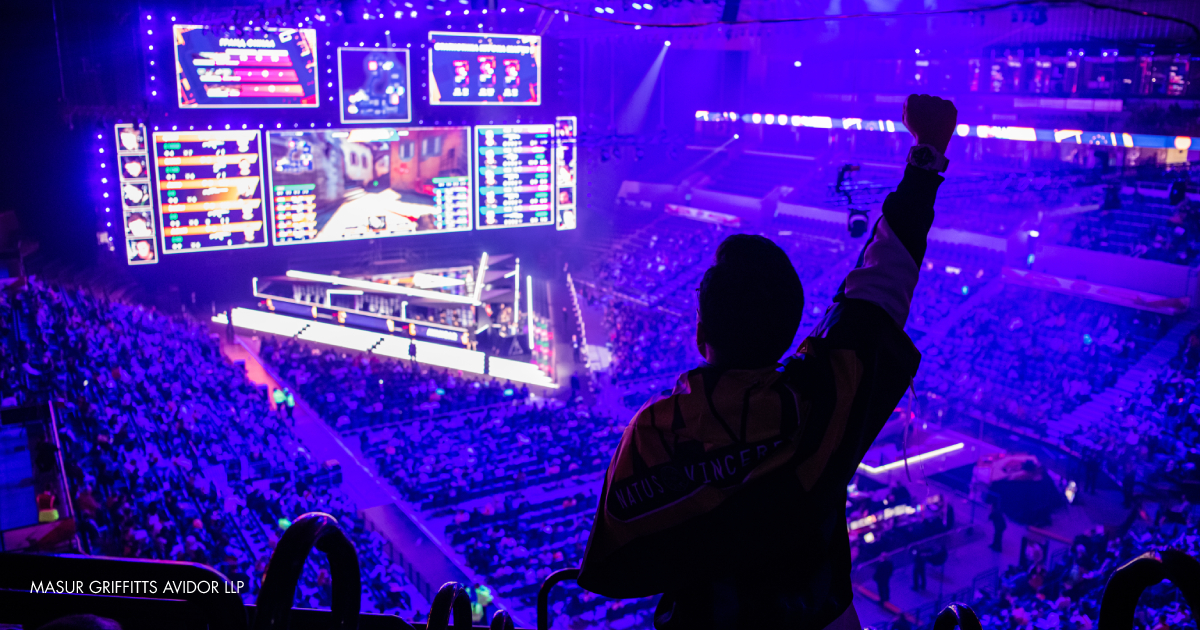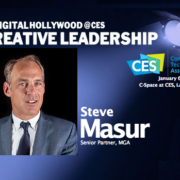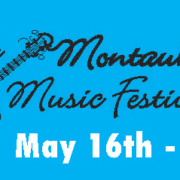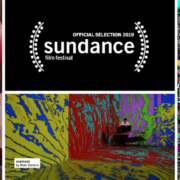Esports 2021: Business and Legal Issues to Watch
By: Robert Auritt
2020 was the year of the pandemic and the year that thrust esports into the limelight at a time when almost all traditional sports were ground to a halt. As such, the world of esports experienced unprecedented growth last year, but even the esports industry, which was largely able to shift its events online, still took a major hit from the virus. While still surprising to many people, the real bread and butter of the esports industry are in-person live tournaments and games.
Being in person is not just about building a fan base, ticket sales, merch, and food & beverage revenues. The fact is that being in the same room, on the same local area network (LAN) is the only way to ensure that there is fairness in esports competitions. Regardless, in 2020 that line of revenue dried up for the esports world just as quickly as it did in the traditional sports world, with the primary difference being that many esports ecosystems were able to almost immediately shift to online gameplay. This flexibility allowed some revenue to start flowing again, but with reduced volume and excitement and increased questions about the integrity of games due to server issues, it is clear that the esports business is just as anxious to return to the brick-and-mortar world as the traditional sports business is to welcome fans back into its stadiums and arenas. So, what are the big business and legal issues to watch for in the esports world for 2021?
Players and Talent
One area where esports and traditional sports diverge a bit is with respect to the utilization of talent. In the traditional sports world, until now, an athlete had basically one job – to play the game to the best of his or her ability. In esports, where in addition to competing professionally athletes are expected to stream and create content for themselves or their organizations against which lucrative sponsorship deals can be sold, players are esports organizations are increasingly coming into conflict on control of exclusive sponsorship categories.
Also, in esports, it is common for organizations to enter into contractual relationships with esports-related content creators who don’t actually play on the organization’s teams, but who focus entirely on producing game related content that is a kind of fusion between competitive gameplay and pure entertainment and which functions as a highly effective marketing platform for organizations that latch themselves to these popular personalities. Some of the top content creators, with millions of followers and hundreds of millions of stream views, are capable of commanding very hefty salaries and generating their own sponsorship and endorsement deals.
“Gone are the days of esports organizations being able to fully dictate terms to their talent.”
One trend that will almost certainly continue to gather steam into 2021 and beyond is the increased reliance by athletes and content creators on professionals like agents and attorneys to assist them in their negotiations with esports organizations. Gone are the days of esports organizations being able to fully dictate terms to their talent. Now contract negotiations between esports athletes and content creators and the organizations that hire them very much resemble traditional sports contract negotiations, so the need for both sides to engage experienced counsel has never been higher.
Intellectual Property
Will 2021 finally be the year when game publishers begin to aggressively assert their intellectual property rights? Up until now the evolution of the esports ecosystem has had at least the tacit support of the video game publishers. For context, in traditional sports, nobody owns the intellectual property rights in the underlying games, which is to say that anyone with the resources to do so could start their own professional baseball, football, or basketball league using the same basic rules that already exist for any of those games and there would be nothing that MLB, the NFL or the NBA could do, at least from an intellectual property perspective, to stop it. This is not necessarily the case in the world of esports, where the intellectual property rights to the games like Overwatch, Valorant, CS:GO, and Call of Duty are respectively owned by Blizzard Entertainment, Riot Games, Valve/ Hidden Path, and Activision the companies who publish the video games.
At this point, it is common for the organizations who sponsor esports tournaments to enter into licensing arrangements with the publishers to secure the necessary rights to use the games to do everything necessary to run a tournament, such as broadcast, display, and stream the games online.
At the same time, players and content creators typically use game footage in their Twitch streams for creating on-demand videos on platforms such as YouTube. The use of this footage, if not explicitly authorized by game developers in their terms and conditions, has at least been tolerated by them on the theory that such uses have generally been good for promoting the ecosystem. But just because things have been tolerated until now does not mean that will always be the case.
Enter Game+, one of many relatively new apps out for mobile gaming on the Android iOS app stores. Game+ allows users to challenge one another to play popular video game titles like Call of Duty, Fortnite, and Madden, for money. Or what sounds a lot like gambling (but which the app developers insist on calling a “skills-based competition app”). Recent media reports suggest that not only did the app developers not get licenses from the game developers to allow them to use their copyrighted and trademarked intellectual property on the Game+ platform, but the game publishers are not at all pleased with being potentially associated with gambling. This unauthorized use of the publisher’s IP looks as if it is sure to draw the publisher’s legal fire. On the other hand, in light of the recent liberalization of sports betting regulations, might the publishers be tempted to grant licenses to Game+ in exchange for a piece of the action? Stay tuned.

Image source: Newzoo
College Esports
2021 will see the continued expansion of collegiate esports activities not only in connection with competitive play and the development of academic, degree-based esports programs but in the race to exploit esports for potential sponsorship dollars the way traditional college athletic programs are able to exploit their multi-media rights for profit.
The move from clubs to sanctioned competitive play at the college level is on, but the rules of the road are still being written. Schools are still struggling with how to treat esports. Some schools treat esports like a club sport, while others see them belonging in the athletic department. How a school deals with esports have implications for each school’s compliance with Title IX of the Education Amendments of 1972 – the federal law that protects against gender discrimination in schools that receive federal money.
There are questions about whether the NCAA or other esports-specific organizations such as the NACE (National Association of Collegiate Esports) will emerge as the de facto governing body of competitive collegiate esports, but in addition to navigating potentially thorny Title IX issues, any such body will need to grapple with the game publisher’s intellectual property rights discussed above, in order to sanction competitive tournaments.
As esports grows as a part of campus life and schools begin to feel pressure to attract students with new high tech esports facilities and venues, the need to fund this infrastructure is pushing colleges to explore opportunities that will allow them to sell naming and branding rights around esports in a manner similar to the opportunities that are exploited by schools in connection with big-time college sports. Multimedia rights management organizations are in a rapid competition to sign deals with universities that will enable the schools to sell various esports related rights such as naming rights for esports arenas and tournaments.
In addition, with the emergence of esports as a billion-dollar industry, the proliferation of schools starting to offer academically rigorous esports and esports industry management degree programs seems likely to continue in 2021. These programs suggest that the esports industry ecosystem will continue to professionalize as capital continues to flow in and esports become an increasingly normal part of the US sports scene at both the collegiate and professional levels.
While much remains unclear with respect to the development of esports, as the pandemic eventually comes to an end, 2021 is poised to be a significant year in the evolution of esports.










